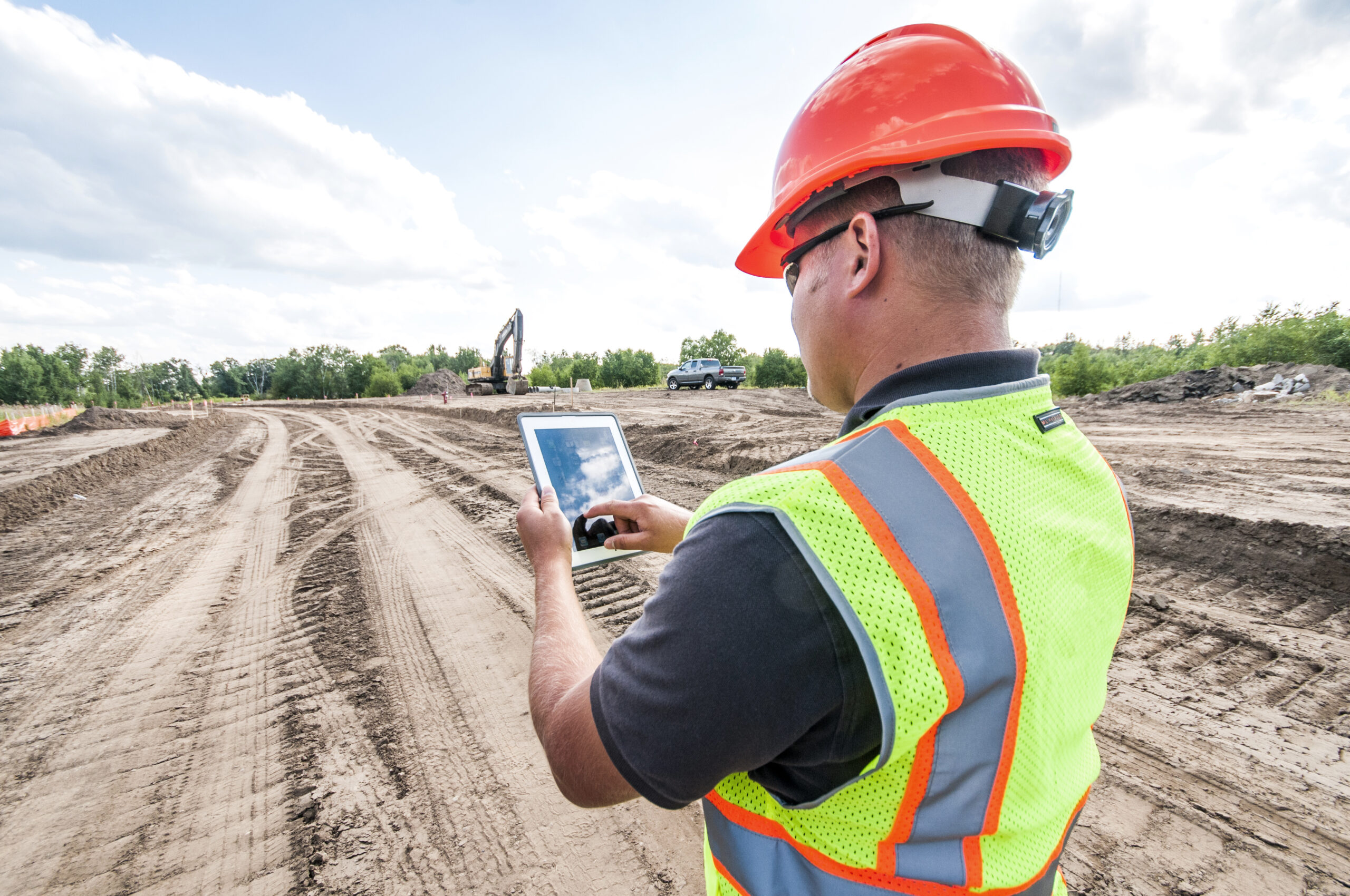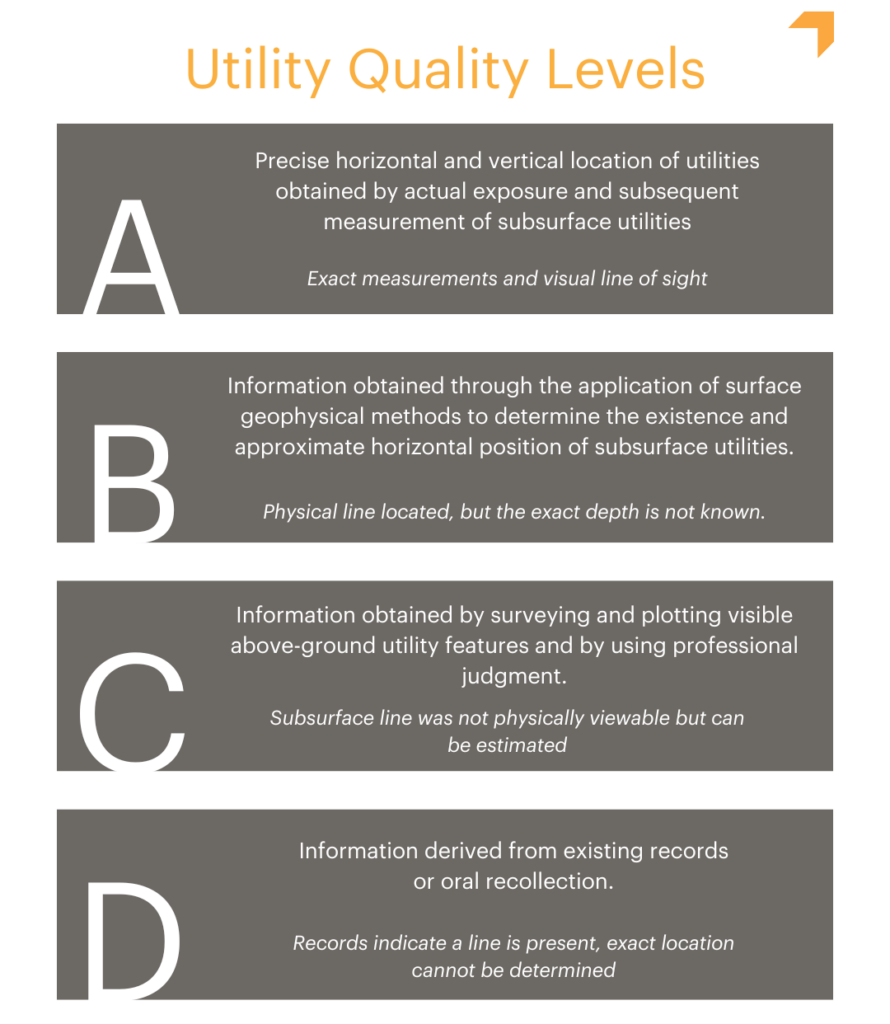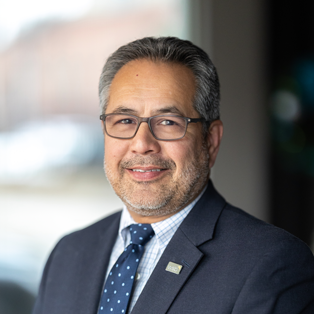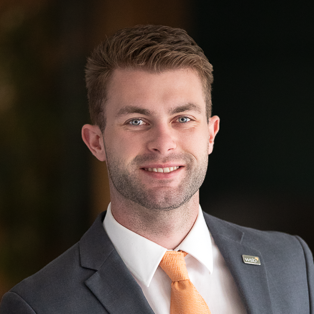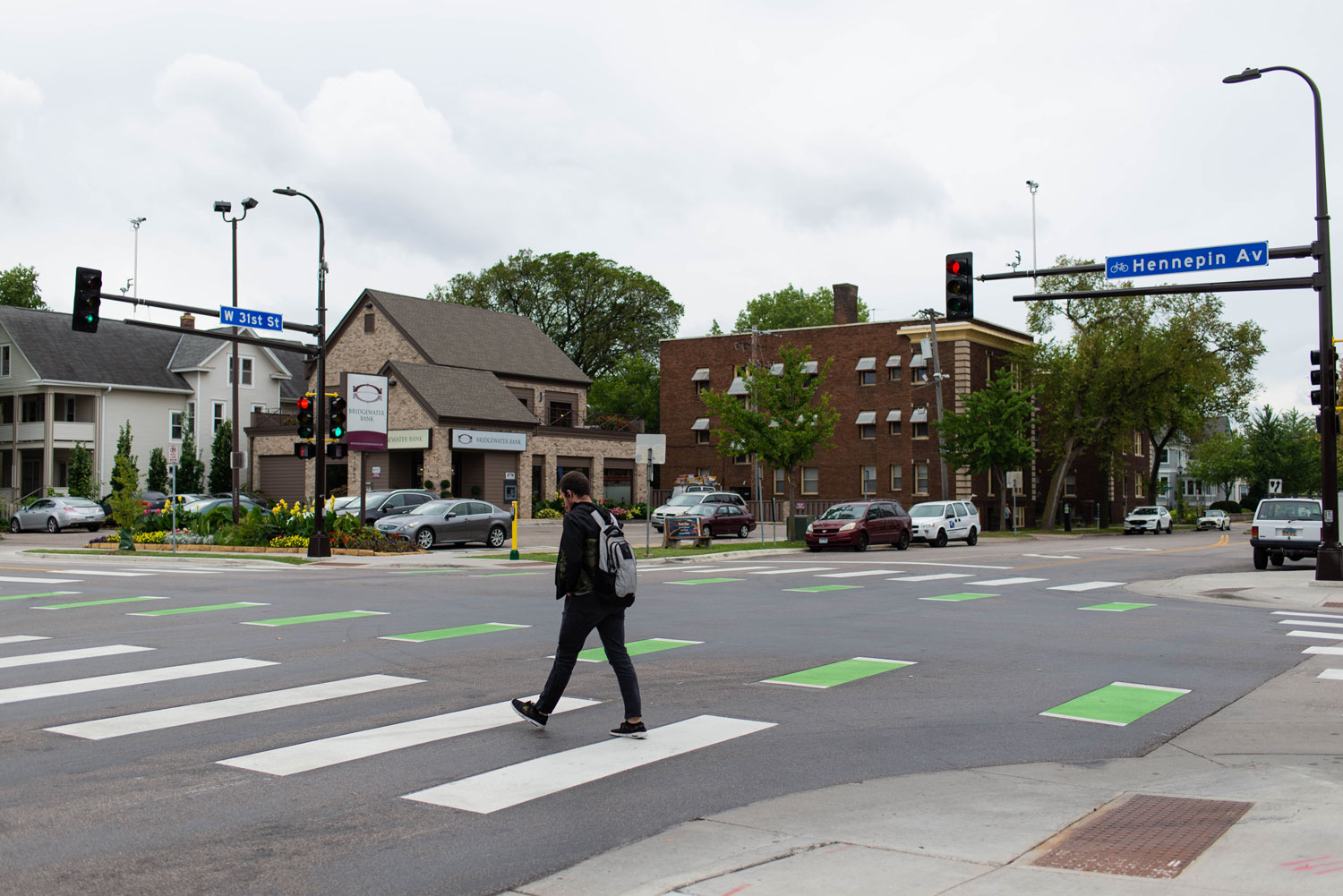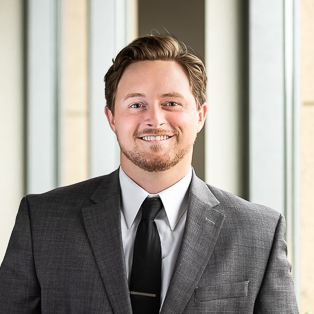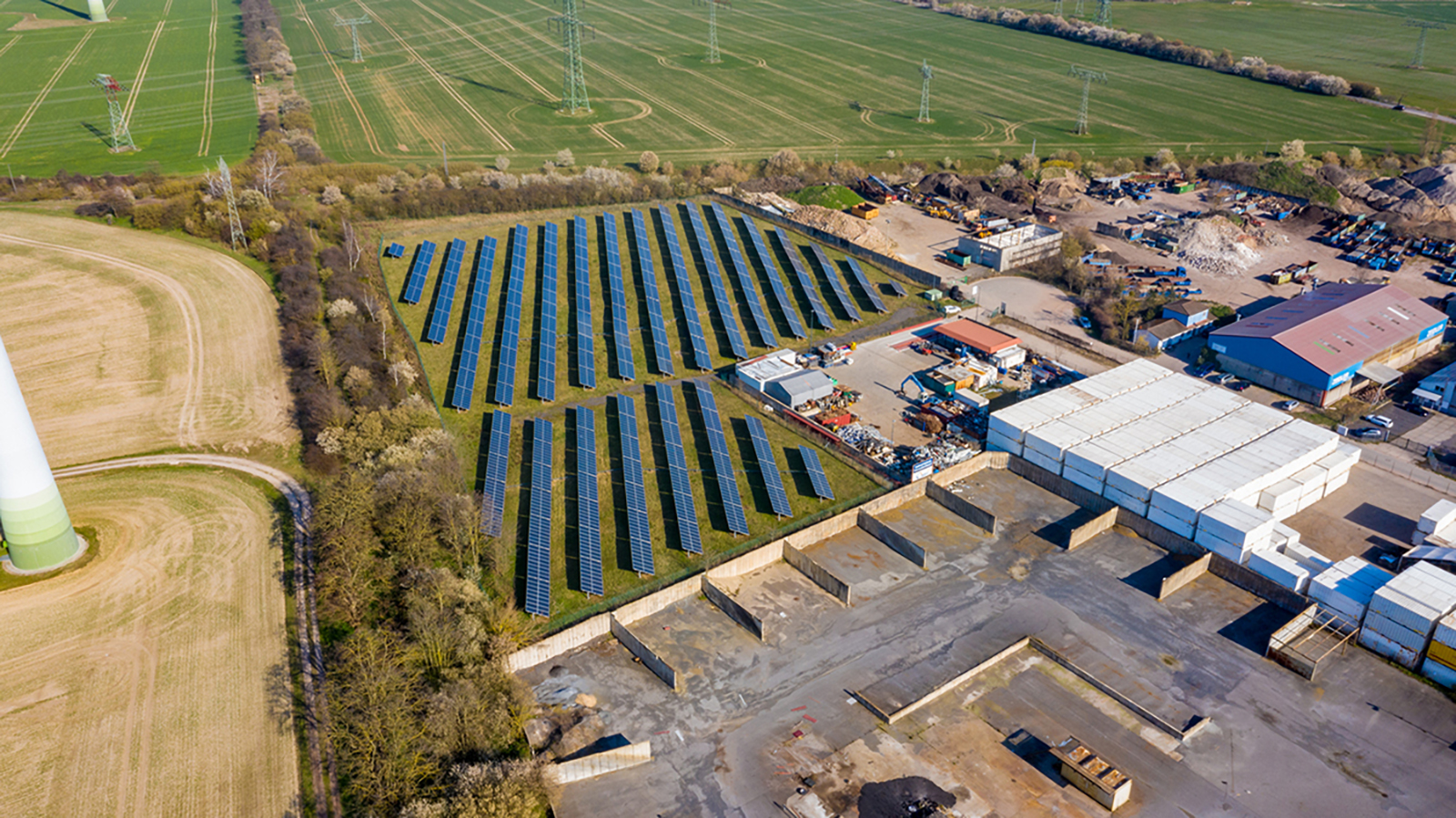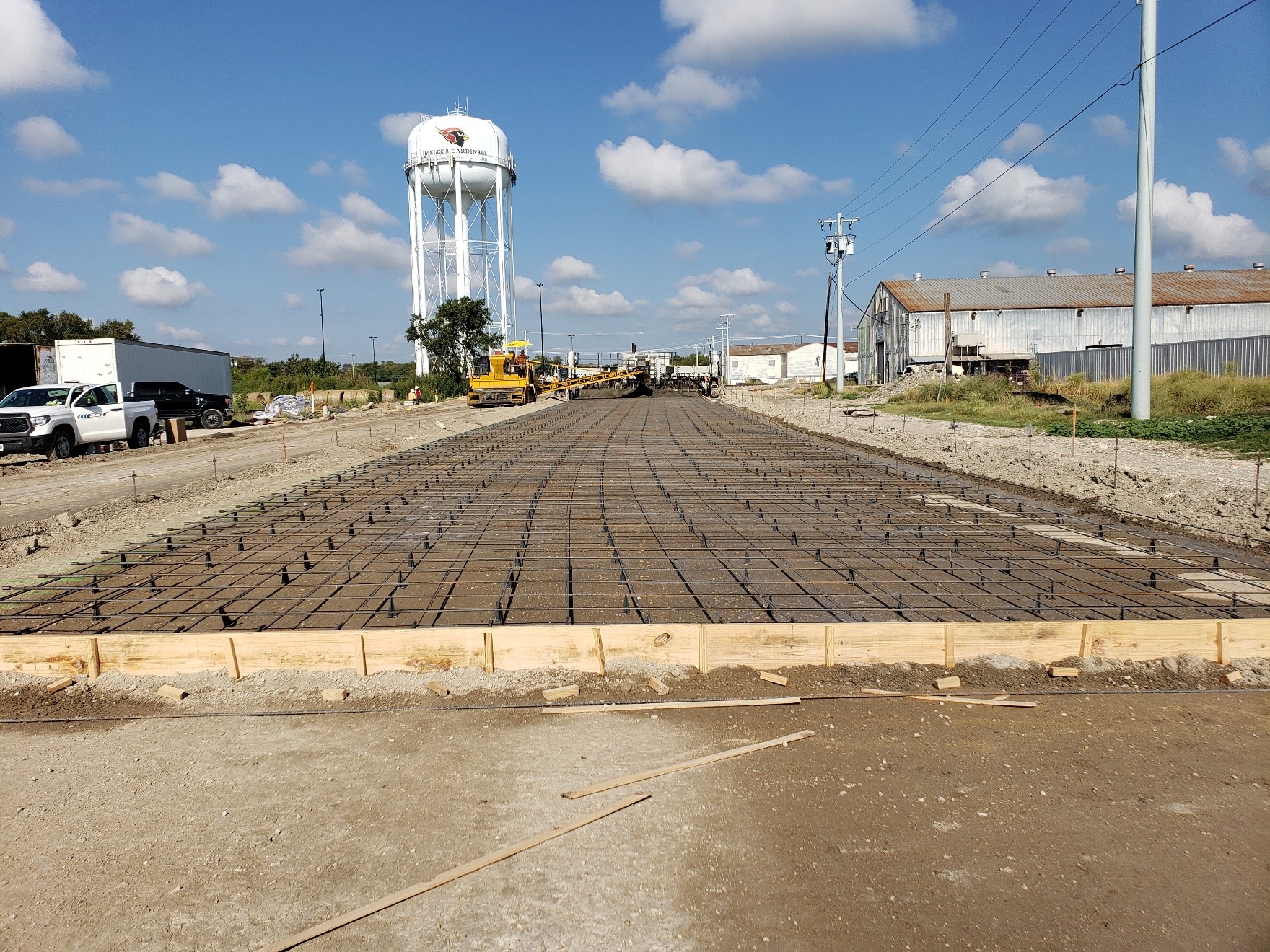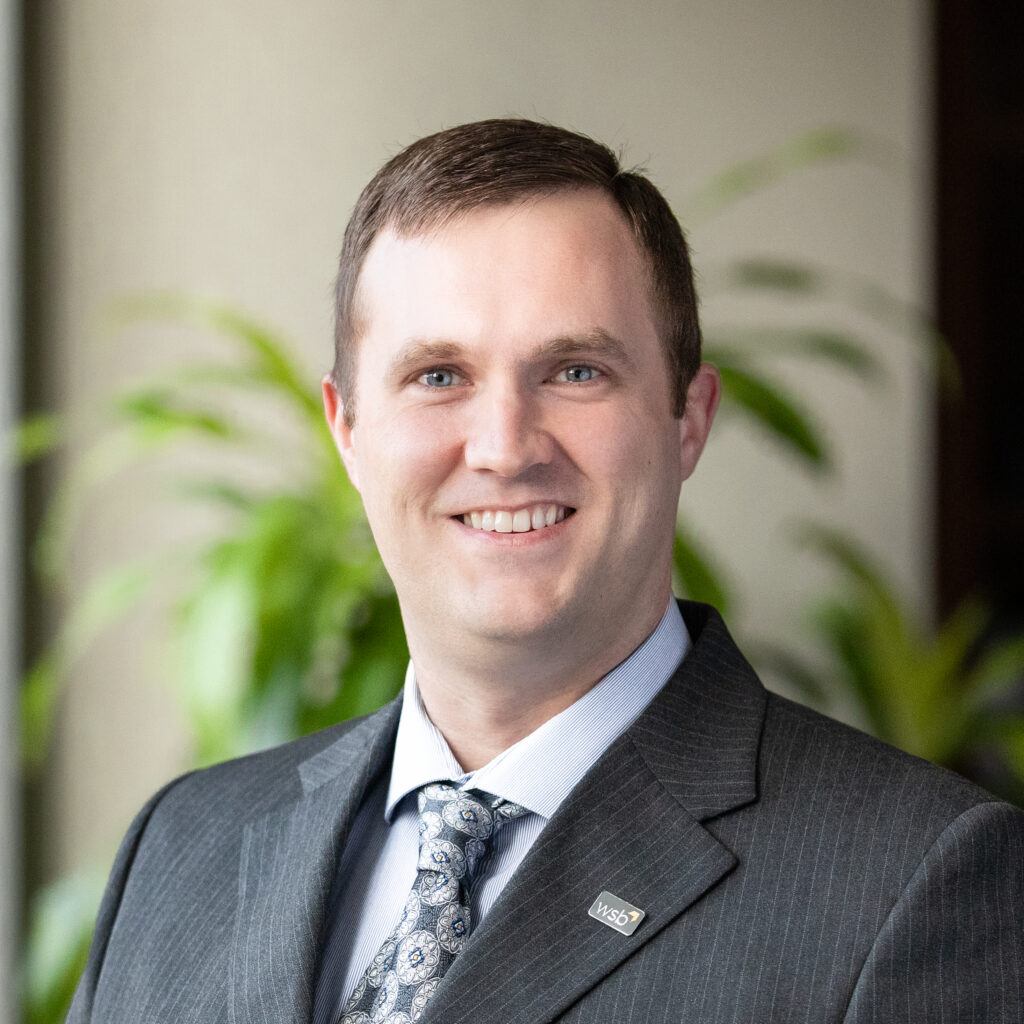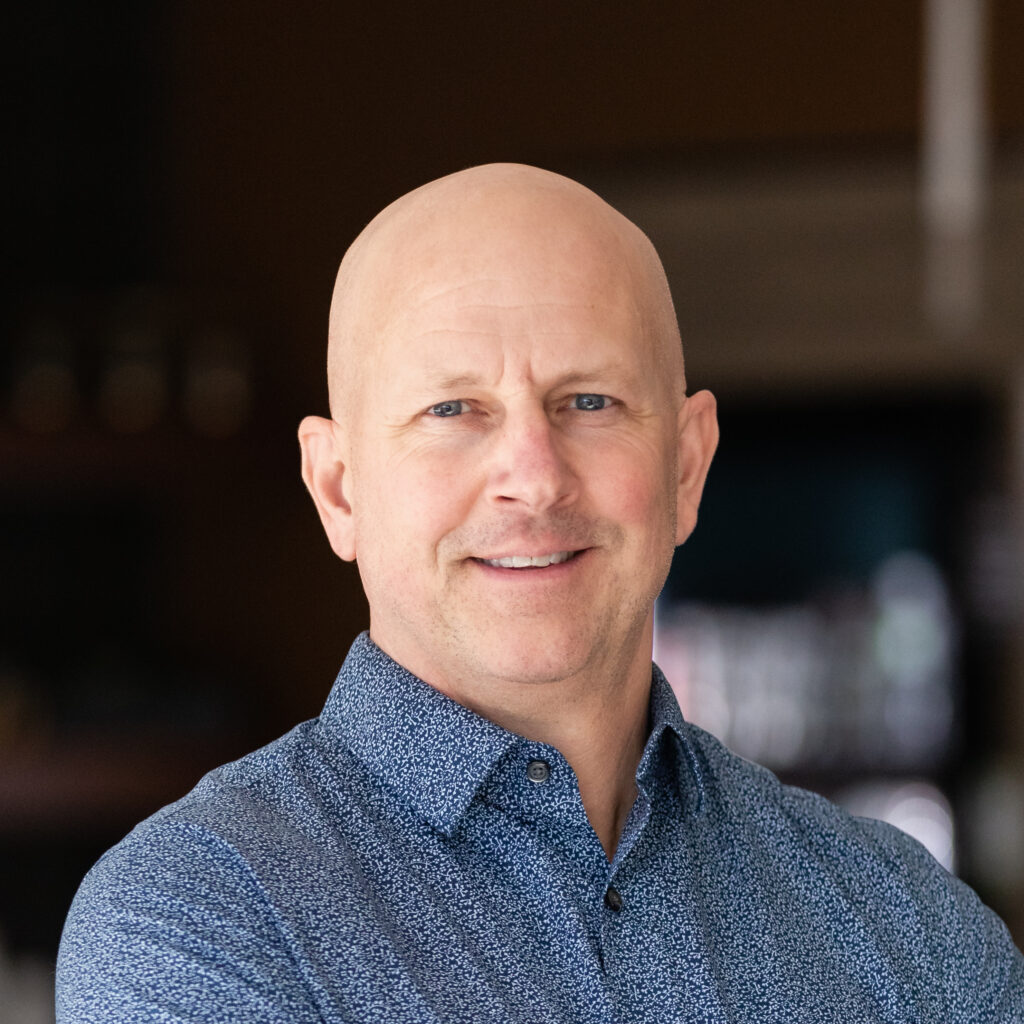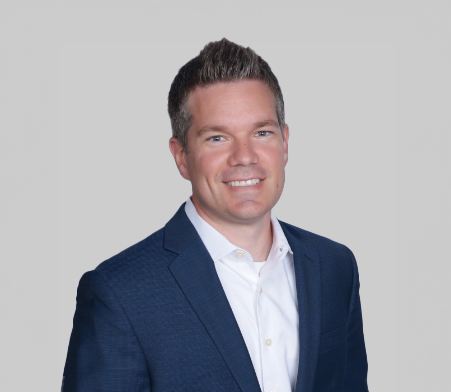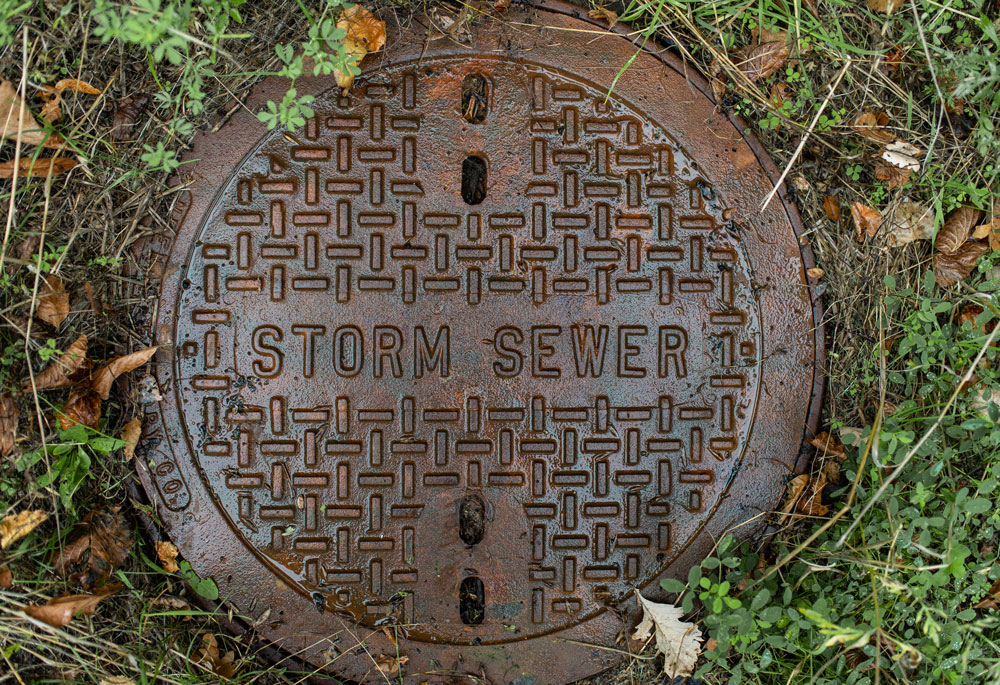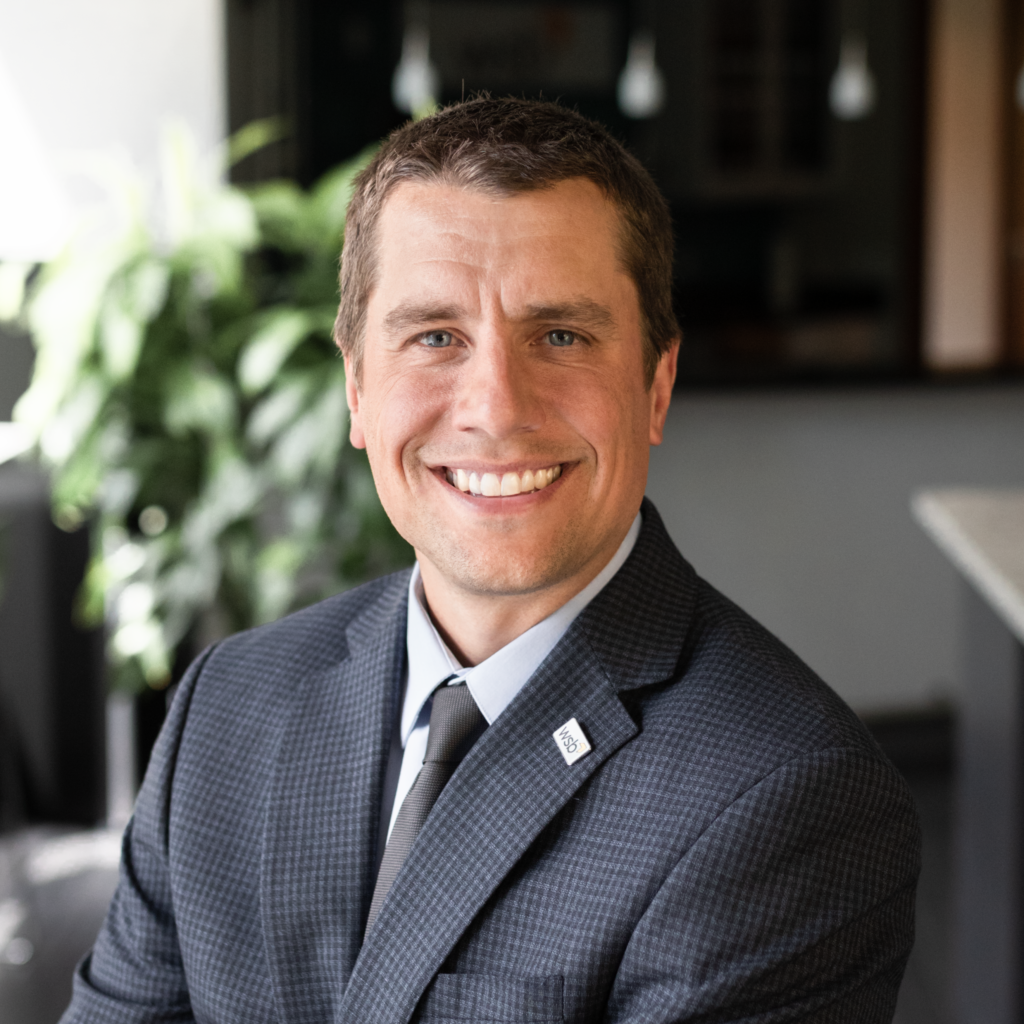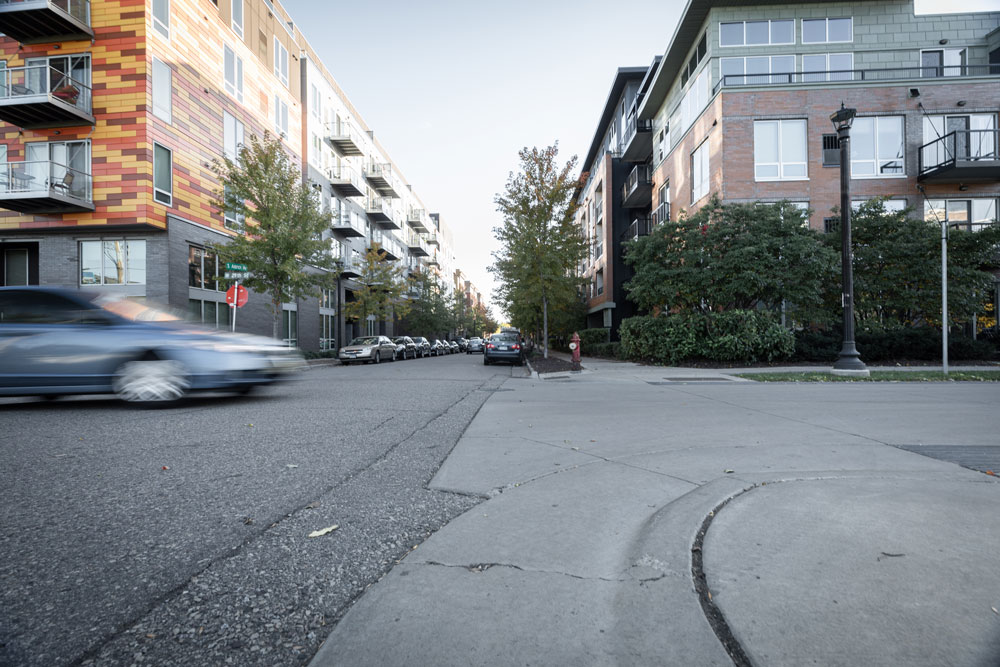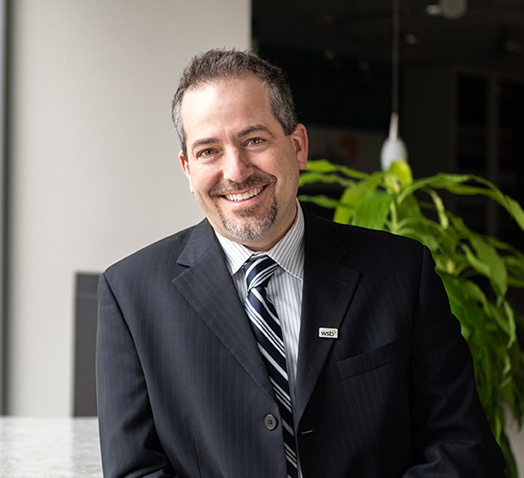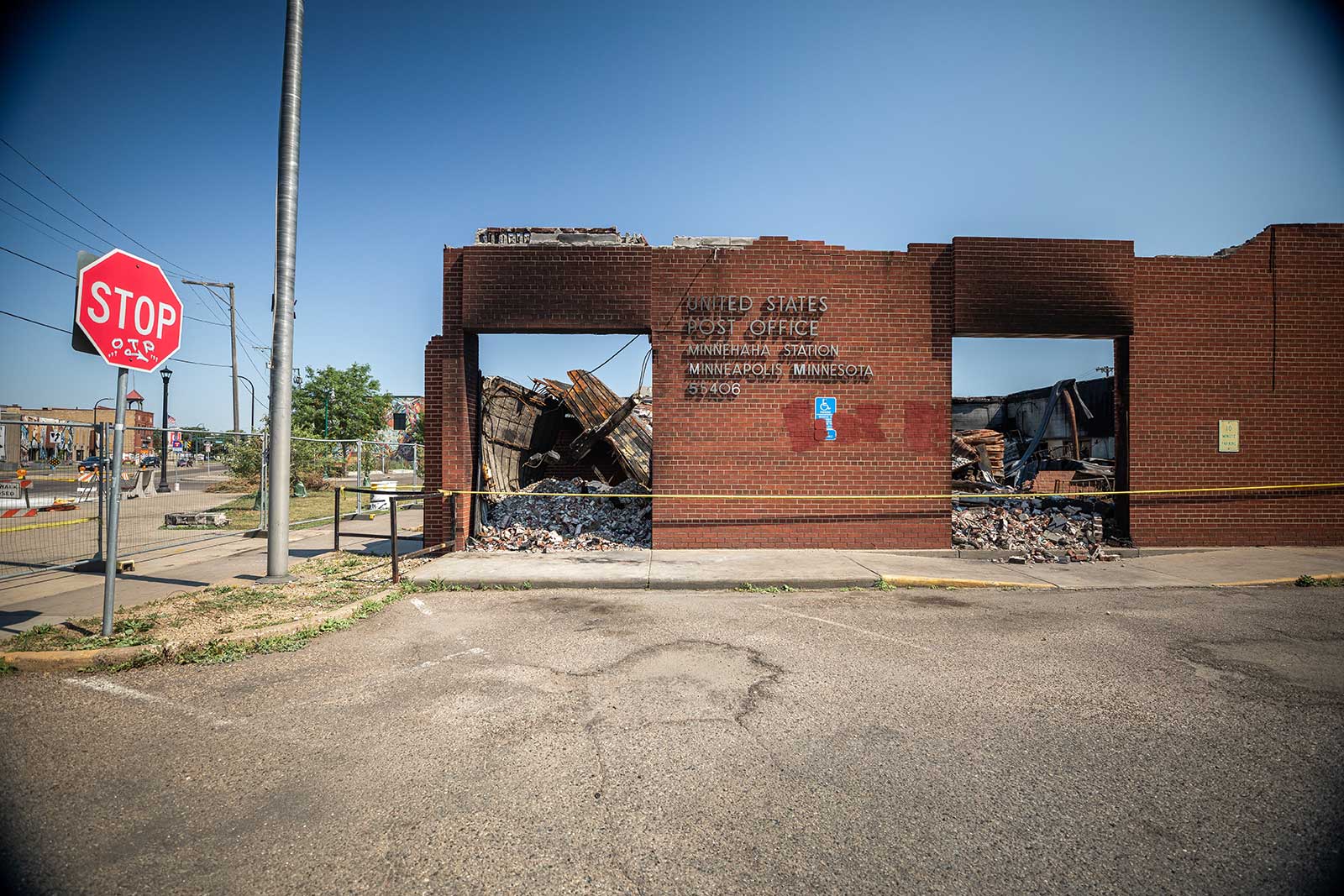
Leveraging Federal Funds to Revitalize Underutilized Land
June 17, 2024
By Ryan Spencer, Director of Environmental Investigation & Remediation, WSB
With so much additional federal funding coming from legislation like the Infrastructure Investment and Jobs Act (IIJA), there are plenty of opportunities for communities to address brownfields and revitalize land. Communities with underutilized land, especially those with documented contamination, must possess a detailed understanding of the grant filing process to efficiently rectify this issue. Grant applications can be a complicated process. However, it is beneficial for communities to pursue grants to not only clean up pollutants and health hazards, but also further benefit residents with projects like affordable housing.
But where to start? Here are some ways your community can leverage federal funding to revitalize and develop underutilized lands.
Funding Sources
Regarding federal funding opportunities, the primary source when it comes to underutilized contaminated land is the Environmental Protection Agency (EPA). Often projects requiring land revitalization stem from brownfield sites where contamination (known or perceived) is preventing the area from being redeveloped. The Infrastructure Investment and Jobs Act provided a huge influx of funding specifically for cleanup and redevelopment projects, and the EPA announced in early 2024 that over $1 billion in funding was available for new and continued cleanup projects. That provides a huge opportunity for communities across the country.
Other funding opportunities are available at the state and county levels from economic development agencies or pollution protection agencies.
It’s also important to note that most grants are on a schedule and the time of year heavily impacts available funding. Further, most grants are competitive and only the projects that best fit the grant agency’s goals will be awarded funding in each cycle. Depending on the time of year and how many grants have already been granted, communities may be required to wait until the following cycle before applying. To best leverage federal funding, knowing the goals of the agency, the stated goals of the grants and the funding timelines is imperative for communities with revitalization projects.
The Right Grant for the Right Project
When looking at federal grants, it is important to identify how your project aligns with grant application requirements. Not every grant may be the right fit for your project.
Land use projects that have the most potential for receiving funding are those targeting contaminated brownfield areas, those benefiting environmental justice areas and those that increase tax base, jobs, and affordable housing availability. Federal agencies give grants to the projects that score the highest by need and when communities clearly communicate how a project aligns with a grant’s overall mission. Before applying, interested applicants must understand if their project fits within the parameters of the grants. For example, private developments are typically excluded from grants while cleanup projects that lead to the construction of newer affordable housing have greater potential.
How WSB Can Help
Brownfield assessment, cleanup, and revitalization involves many steps, but WSB works with communities and can help navigate the process. That assistance can include environmental assessment services, assistance with grant applications and securing funding sources, community engagement, helping with project readiness, brownfield revitalization planning and design, and more. Revitalizing underutilized land is an investment that can pay off in big ways for communities. Federal grant funding provided by the Federal Infrastructure Bill can assist with jump starting, assessing, and cleaning up sites across the country. With extensive knowledge and experience, the professionals at WSB are here to help communities identify, apply for, and best leverage federal funding to clean up contaminated land and improve quality of life for residents.
Ryan Spencer is our director of Environmental Investigation and Remediation and has worked in the environmental consulting industry servicing both public and private sector clients. He is proficient in the planning, management, and completion of environmental due diligence, remediation, and brownfield grant writing.
[email protected] | 612.723.3644

